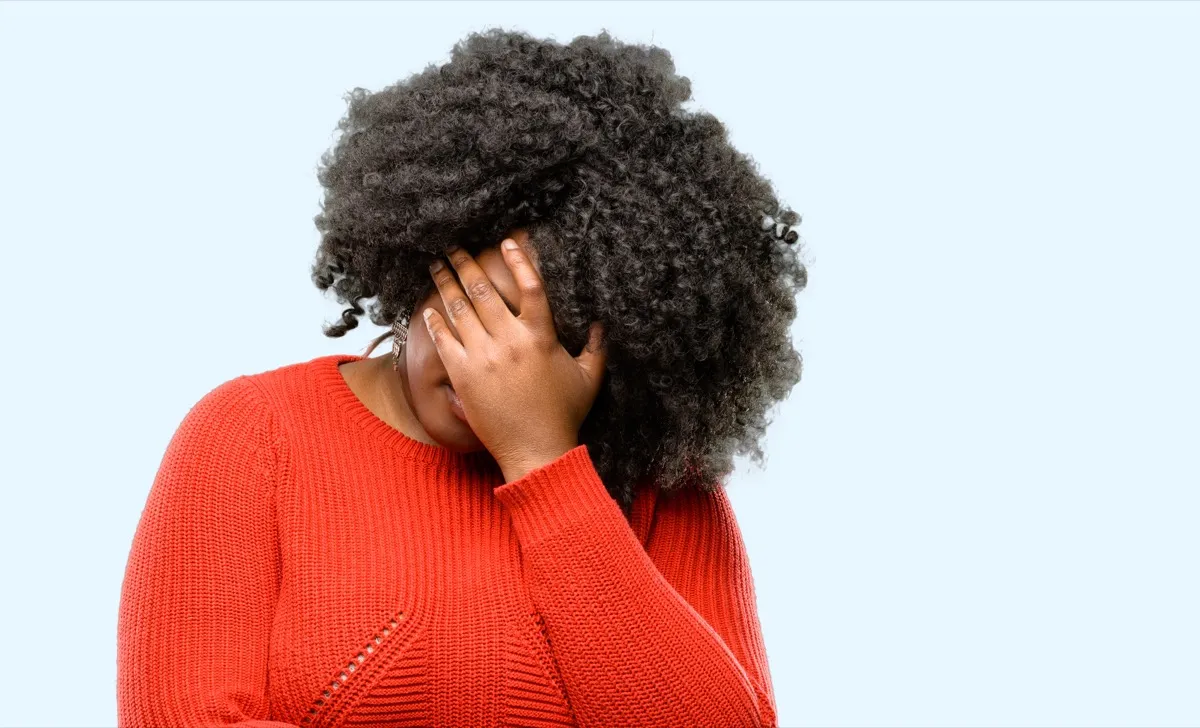In a terrible Sims nightmare come to life, Levi’s has decided to partner with the digital fashion studio Lalaland.ai to create custom artificial intelligence-generated avatars that will “increase diversity among its models,” according to PetaPixel.
While the denim brand typically uses only one model to show off their clothing, they’re hoping that, by using avatars, their customers can see their specific skin color, body type, and age within Levi’s products. Dr. Amy Gershkoff Bolles, the global head of digital and emerging technology strategy, explained that these AI models will help create “a more personal and inclusive shopping experience,” but human models “[will never be] replaced” in their advertising.
It should go without saying that no fashion company should have to resort to using technology to increase diversity amongst their models. When people ask for more diversity in acting, modeling, and beyond, it’s not just about seeing themselves—it’s about more opportunities for marginalized people who work in these industries. There are plenty of models who are BIPOC who deserve a shot at modeling and shouldn’t be replaced with models who don’t really exist. But, because we live in a hellscape, this isn’t the first, or the last, time fashion brands have resorted to using this kind of technology.
Shudu Gram, a South African model with a sizable following on Instagram, has modeled for Tods, Chanel, Louis Vuitton, and Cartier within the first two years of her career. She attended the 2019 BAFTA awards in a Swarovski gown and was named one of the most influential people on the internet by Time. However, her entire existence is fictional, as she’s an AI model that was created by Cameron-James Wilson, a professional retoucher and, more notably, a white man.
While Wilson may have been influenced by other Black models like Naomi Campbell and Iman when creating Shudu, it still doesn’t seem ethical that he reaps all of the benefits of job opportunities and brand recognition that should be going towards actual Black women. Not only that, but Wilson also has Shudu championing different causes such as “having more diversity in the fashion world” and “collaborating with creators from underrepresented communities.”
Model Sinead Bovell pointed out in her Vogue essay that creators like Wilson, who are not from the communities their models pretend to be from, don’t have the experience to really talk about these issues genuinely. In her words:
“If the creators can’t actually identify with the experiences and groups that these models claim to belong to (i.e., person of color, LGBTQ, etc.), then do they have the right to actually speak on those issues? Or is this a new form of robot cultural appropriation, one in which digital creators are dressing up in experiences that aren’t theirs?”
Between displacing Black and POC models and appropriating their culture in a kind of “digital blackface,” it seems like there’s more downsides to using AI models than there are ups. In fact, the only real upside to AI models is the smaller carbon footprint their fashion shoots have.
According to Bovell, a typical model shoots more than 50 outfits in one day, and most of the sample clothing ends up in a landfill. With AI or 3D models, the supply chain of clothing will occur inside of a computer. Plus, digital models can work on multiple shoots at a time without having to fly, drive, or hop on a train. All fashion brands would need is their digital creator to be “on set” and they can shoot a year’s worth of clothing campaigns without breaking the bank.
But, at the end of the day, it’s hard to believe that’s anything more than convenient justification. Not wanting to spend extra money for a clothing shoot shouldn’t be the reason why human models from marginalized groups are shut out from the industry in favor of digital ones. You can’t claim that your brand wants to be more diverse and not do the bare minimum to find real people to make that claim a reality. The bar is so low it’s in hell, and somehow fashion houses can’t find it within themselves to reach down and pick it up.
I always knew that artificial intelligence would take over a lot of jobs, but I never thought posing for photos would be one of them.
(featured image: AaronAmat/Getty Images)










Published: Mar 29, 2023 10:37 am